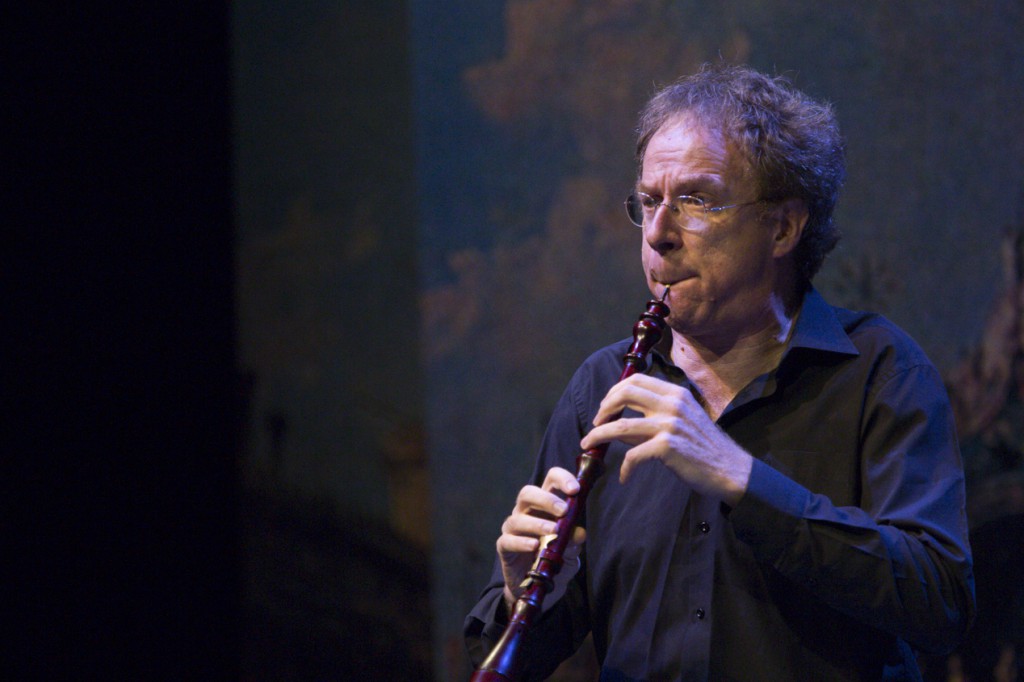
Will it be a stormy August? Indeed, it will be for Theresia: the whole summer program is devoted to the “Sturm und Drang”, a very strong theme. The conductor of the orchestra during the workshop and in the three concerts scheduled in Bolzano, Rimini and Rovereto, will be Alfredo Bernardini: we asked him to explain to us the musical program.
First of all, what exactly is the “Sturm und Drang”?
“The “Sturm und Drang” is a cultural and philosophical trend that during the second half of the Eighteenth century evoked the nature’s manifestations in parallel with the soul’s feelings: the expression means “storm and impetus”, and as a matter of fact the most extreme feelings, the most violent and dramatic are involved: it’s an exploration of the human soul through huge contrasts of emotions. Regarding music, this style became very popular around 1770, in a moment when the music was mostly an entertaining form of art and when the gallant style was predominant: compositions were mostly written in a major key. Instead, with “Sturm und Drang” the practice of writing in a minor key succeeded much more than in the previous decades; and besides the minor key, the most common features are the syncopated rhythm, that transmits anxiety and breathlessness, and the huge contrasts that paint a dramatic atmosphere.”
Tybo will perform four compositions of four different composers: are they all belonging to “Sturm und Drang” style?
“Yes, they are: we are going to start with the Suite from Gluck’s Don Juan, which was composed in 1761 and which is considered particularly innovative, especially due to the use of ballet, with references to Rameau: and right in the ballet there is a particular moment that can not help but make you think of Mozart’s Don Juan, where the whole gravity of the sinful lover is rendered by a storm of unrestrained and breathless rhythms. It is a sort of musical manifesto of the “Sturm und Drang”. Some years later Haydn began to write his symphonies in a minor key: among them, the one called “Lamentazione” (lamentation) is characterized by the immediate alternation of the frenzy of the first theme and the resignation of the second: also the second movement is very interesting, because Haydn uses a Gregorian chant melody, giving it to the oboe and to the second violins, while the first violins perform a beautiful variation. The Symphony ends with a Minuetto e Trio and without a fast movement.”
Isn’t it in conflict with the modernity of the Sturm und Drang?
“We can say that in this case, Haydn combines the great novelty of the “stormy” style with the previous tradition. In any case, Haydn didn’t write many Symphonies in a minor key: they say that Prince Eszterhazy had complained of these symphonies so dramatic, tragic, full of contrasts, and had exhorted Haydn to write more entertaining music. The anecdote is undocumented, but for sure the relation between Haydn and the Prince was made of these frictions.”
Theresia will perform also music by Mozart and Kraus: what about them?
“Mozart wrote only a few compositions inspired by the Sturm und Drang, but it is clear that he found it very fascinating because every time he approached this particular style he wrote some absolute masterworks, mostly in chamber music. G minor Symphony – which is called “The little one” to get it distinguished from G minor Symphony n. 40 – was written by Mozart when he was 17, after the opera “Lucio Silla”. Regarding Kraus, it is a special request from artistic director Mario Martinoli: Theresia has yet performed music by this composer that I am discovering now. I have not dealt much with him, and I am a bit surprised, considering the quality of a composer which is really innovative. Mozart represents the classic style, Kraus foreshadows the future.”
You are going to conduct Theresia for the first time: Theresia is a youth orchestra, how will this change your work? Is the director’s commitment different? I’m wondering if the work is just aimed at the preparation of concerts or there is space for some kind of deepening.
“The work is different when you conduct a youth orchestra, first of all because usually, one has more time for rehearsing: I take this opportunity to explain the context, and this is the very reason why I’ve chosen a so characterized program, devoted to an issue which is so important in the history of music. Then one must say that there is a great beauty in working with younger players when they are at the beginning of their careers: young musicians are so willing, full of energy and enthusiasm, and this is not so common in professional orchestras. I do not mean that professionals would not have these qualities, but in stable orchestras, there are other priorities and other assets, such as the efficiency and the fastness of preparation; but often there are customs, given from the experience, difficult to disrupt. How many times I heard “This is done in this way”, or “we’ve always played in this way”: instead, when you play music you should always put in question all that has been done and that is being done, with constant liveliness and curiosity.


